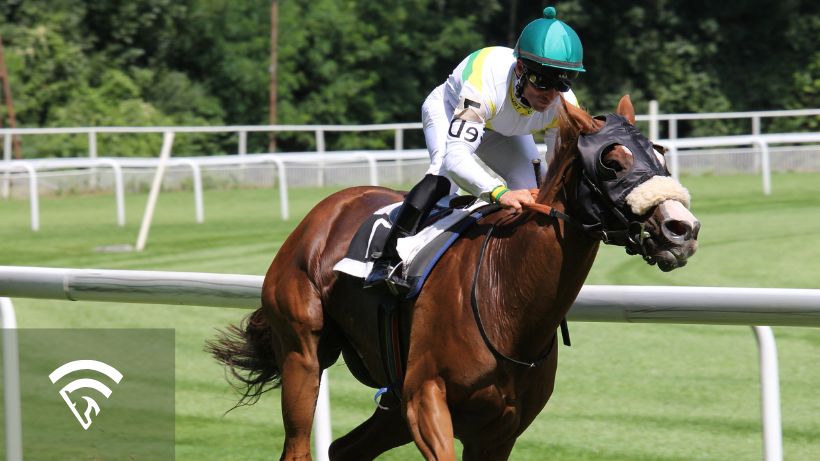What are Ragozin Numbers?
Ragozin Numbers, also known as "The Sheets," are proprietary speed figures used by advanced handicappers to measure how well a horse performed in a race. Created by Len Ragozin, these figures adjust for a wide range of variables including pace, weight carried, track condition, and how far wide a horse traveled around the turns.
The basic concept is simple: the lower the number, the better the performance. Like Thoro-Graph figures, Ragozin Numbers aim to tell you more than final time or finish position. They focus on the true effort put forth by the horse under the conditions it faced.
Ragozin Numbers are most often used to analyze form cycles—patterns that indicate when a horse might be set to improve or regress.
How They’re Calculated
While the exact formulas are proprietary, Ragozin Numbers factor in:
- Track speed (variant) on the day
- Distance traveled wide (ground loss)
- Weight carried by the horse
- Pace and race dynamics
- Surface and weather conditions
All of these are adjusted into a single number that reflects the horse’s performance, regardless of finishing position. The numbers are scaled so that a lower figure means a faster or more efficient race.
A top older horse might run a “1” or “2.” A lightly raced three-year-old may be working toward single-digit figures. Anything above a 20 generally indicates a lower-level performance.
How Handicappers Use Them
Ragozin Numbers aren’t just about identifying the fastest horse, they’re used to project how a horse might perform next time out.
Handicappers use them to:
- Track form cycles and patterns
- Identify bounce candidates (horses who may regress after a big effort)
- Spot potential value plays coming off deceptively good races
- Compare runners across different tracks and distances
The visual layout of the Sheets also makes it easy to scan spacing between races, time off, and consistency or volatility in a horse’s form.
Ragozin vs Other Figures
While Beyer Speed Figures focus on final time and Thoro-Graph also adjusts for ground loss and weight, Ragozin Numbers place a particularly strong emphasis on comprehensive adjustment and form patterns.
They are not widely available in standard past performances and are often used by high-level players looking for deeper insight.
Final Thoughts
Ragozin Numbers offer a detailed and context-rich look at how horses perform under real racing conditions. They help players look beyond surface-level results and into the structure of a horse’s form and campaign. When used correctly, they can point to overlooked opportunities and help explain why a horse might be better—or worse—than it looks on paper.
To compare these insights with real race outcomes and develop sharper betting instincts, check out the EquinEdge Race Results page.
